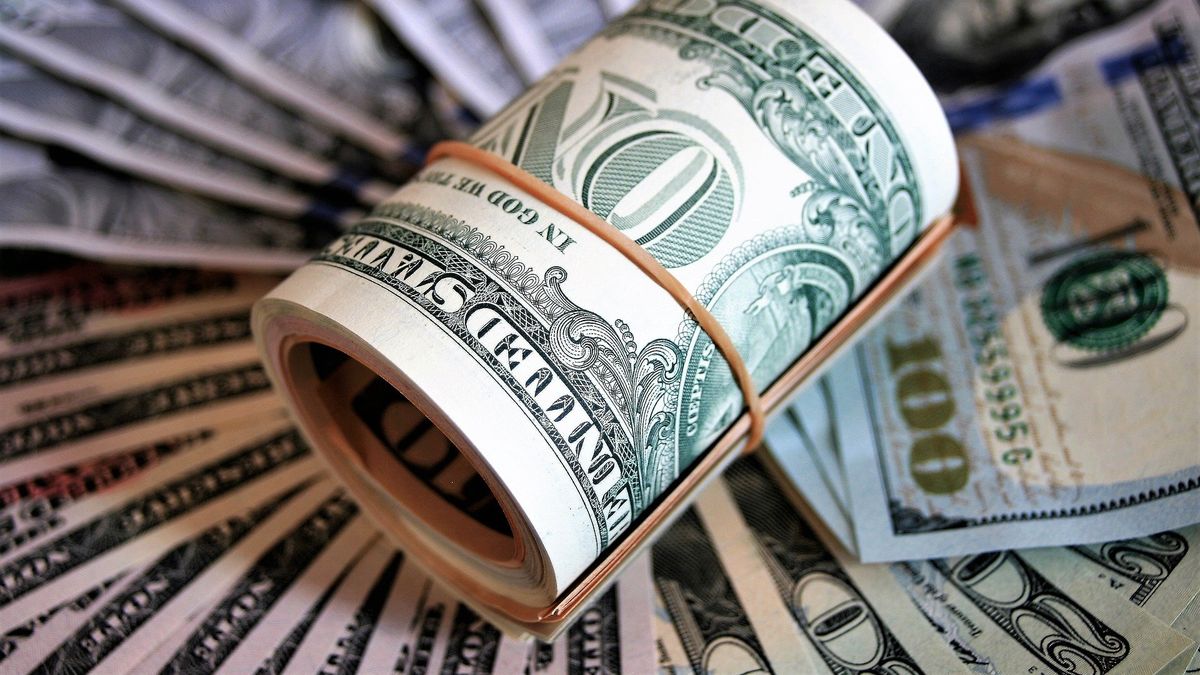To buy a savings dollar, you must first verify that you are enabled for the transaction, the easiest way is to request the Negative Certification from ANSES. If when entering the data the notification “it is not possible to issue the negative certification” is received, the interested party will be able to access the purchase of dollar savings.
It is important to remember that to buy dollar savings you must have a savings account in dollars in a bank and it can be done through home banking.
Who cannot access dollar savings
The exclusion reaches:
-
workers who at some point have received their salary with the ATP program or through the Repro 2;
-
bank customers who have entered any of the debt payment facilities (refinancing of unpaid credit card balances or freezing of UVA loan installments);
-
monotributistas or unemployed who have received the Emergency Family Income (IFE) from ANSESor receive some type of state assistance;
-
those who received subsidized loans from the state. This also includes the monotributistas and self-employed who received the zero-rate loans during 2020 or in its new 2021 version, as well as the SMEs that have received the credits with a rate of 24%;
-
people who have bought dollars in the stock market in the last 90 days;
-
those who have expenses in dollars with the credit card for more than $200;
-
those who are co-holders of bank accounts, since only one of them can make use of the monthly quota.
The MEP dollar or Bolsa Dollar consists of the purchase of bonds in pesos for their subsequent sale in dollars, the operation of which can also be carried out through home banking. In this case, it is a free dollar that does not have the restrictions of the savings dollar but has some peculiarities: first, it has a weekly sale limit of 50,000 nominal with local law sovereign bonds in dollars. And, on the other hand, those who have bought the MEP dollar will not be able to buy the savings dollar later for at least three months.
This Monday, the MEP dollar trades cheaper than the blue dollar at $202.36. Although after the opening of the market, it achieved a rebound despite the downward trend of the last week, analysts agree that it is a good alternative. In addition, these days, many see it as a good deal to buy MEP and then sell it on the parallel (blue) market, which quotes $211 for sale, $9 above the dollar in the stock market. Thus, an extra profit window is opened for the small saver.
How to buy MEP Dollar
- The first to operate the MEP dollar is to enter pesos into the investment account in (or principal) through the bank.
- Once the money has already been deposited into the account, go to My account > Trade > Buy.
- You must enter the bond in pesos (AL30/GD30) and the amount you wish to invest.
- Then, select “Immediate Cash”, so that the operation is settled instantly and the Parking begins to run from that moment.
- In “Amount” you must enter the amount of pesos you want to invest and choose the “Market Price” option.
- The purchase must be confirmed. And ready!
- From that moment on, the investor will have to wait 1 business day for parking until they can be sold. After that period, you must access My account > Operate > Sell, choose the AL30D/GD30 bonus and select that the operation be carried out in Immediate Cash.
- In the Quantity field, enter the number of bonds you wish to sell and choose Market Price. The resulting amount will be withdrawn to the investor’s Bank Account in dollars.
3. Bitcoin Dollar
Stablecoins are cryptocurrencies that maintain a correlation with the price of the dollar, which is why they have become a good strategy for dollarizing savings. This quickly differentiates them from other types of crypto assets that are characterized by having a very volatile price, such as Bitcoin. There are many stable cryptocurrencies, although some have positioned themselves as the main benchmarks in the sector. They are:
Dai: Developed by MakerDAO, it is fully collateralized in other cryptocurrencies.
USDT: Also known as Tether; it is backed by a reserve of cash and commercial paper managed by Tether Limited.
USDC: Managed by Coinbase and Circle, it also has a reserve that is backed by fiat money and bonds.
There are also other stablecoins such as BUSD (Binance), USDP (Pax Dollar), UST (Terra) or Dollar on Chain (DoC); the latter has the particularity of being a stable cryptocurrency that only uses Bitcoin as collateral, and breaks the mold between these types of alternatives.
It is important to note that this option has no restrictions. Today, the cheapest stablecoin options are Tether ($204.71), USD Coin ($204.82), Binance USD ($202.72), and DAI ($202.72).
How to buy stablecoins in Argentina?
They can be bought on Exchanges, in many cases especially in Argentina using the P2P (peer-to-peer) method on Binance and Kucoin. In turn, in other exchanges through prior funding of fiat money such as Buenbit, Ripio satoshitango, Lemon cash, etc. Or being acquired by exchanging for other cryptocurrencies either in CEX (Centralized Exchange) or DEX (Decentralized Exchange).
Source: Ambito
David William is a talented author who has made a name for himself in the world of writing. He is a professional author who writes on a wide range of topics, from general interest to opinion news. David is currently working as a writer at 24 hours worlds where he brings his unique perspective and in-depth research to his articles, making them both informative and engaging.




